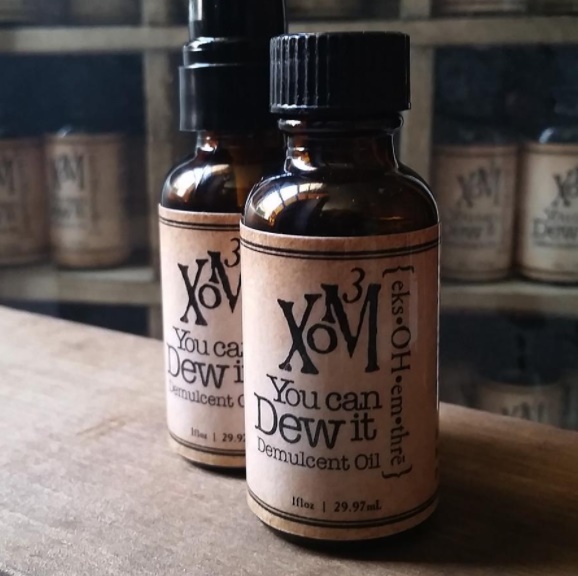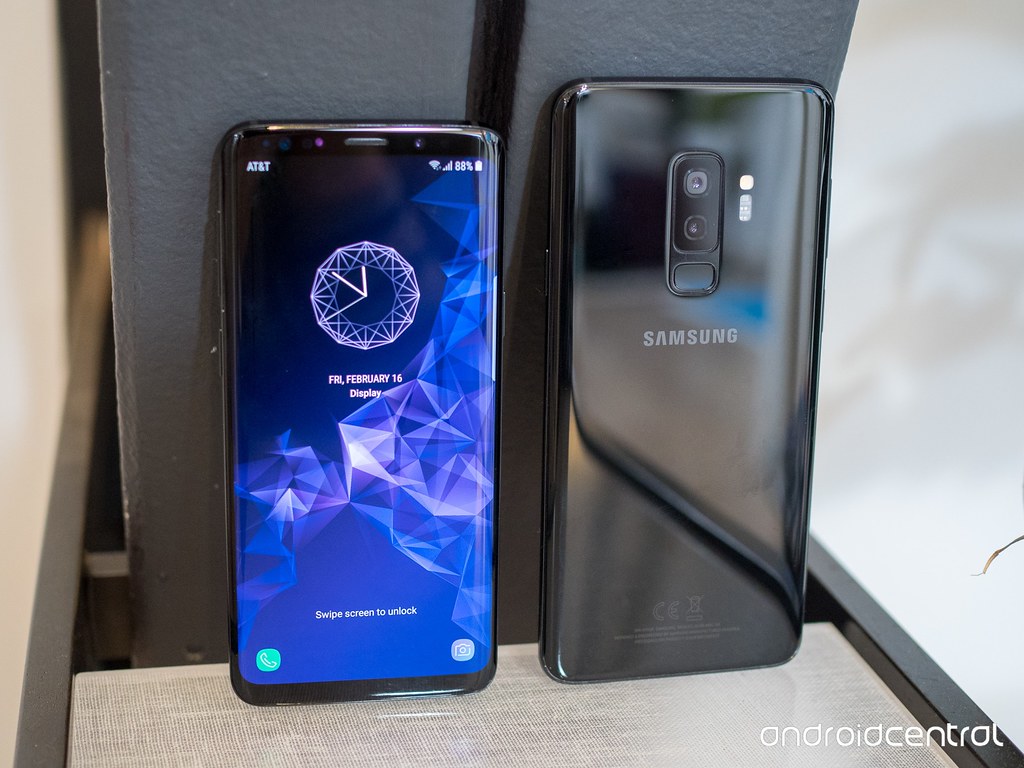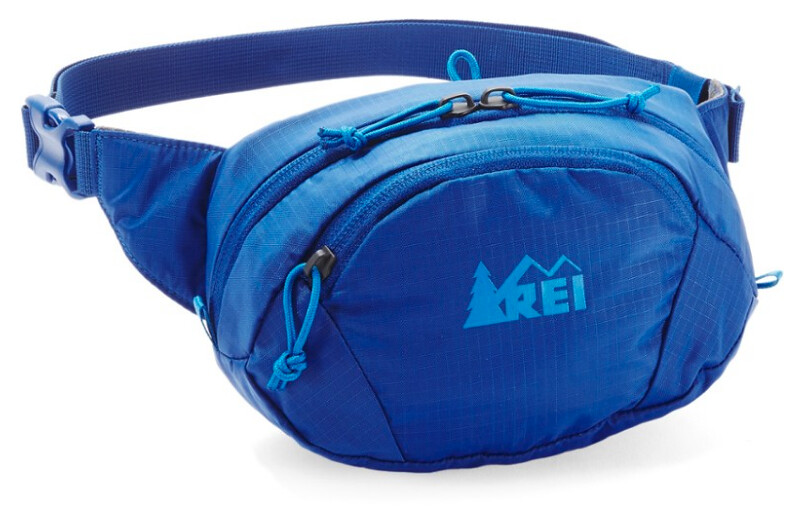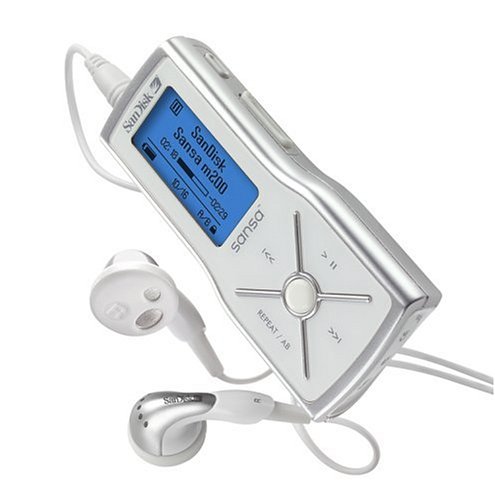Source: XoM3
Remember my last post about the great facial product by XoM3 -- You Can Dew It!! -- shown above? That might have seemed like a long time ago. Furthermore, you may have been curious as to what I have been doing in the meantime. Remember, I promised to talk about a science paper which I found regarding topical benefits of plant oils? I have read the paper and am ready to discuss the topic a little. Which means that the science behind the paper will be introduced.
Below, I have included the statements from the scientific paper titled "Anti-Inflammatory and Skin Barrier Repair Effects of Topical Application of Some Plant Oils". The paper is a review of the literature of plant oils and their healing properties with respect to skin inflammation along with wound healing. In total, the paper is around 20 pages with tables and rich in references. Why do I mention this fact? Because, there are a large number of statements made in the paper which need to be further investigated (looking further into their references -- specifically the studies to back up a claim).
As a result, I have had a large amount of difficulty deciding on how to interpret the heavy hitting scientific statements made to the public (or the reader -- you). This has taken me a few weeks of indecision. Finally, I decided to lay out the statements regarding the specific ingredients which are contained in the product by XoM3 product -- You Can Dew It! Further, in the next blog post, I will go deeper into the contents of the paper regarding wound healing, anti-inflammation, anti-aging properties. Feel free to go through this open access paper by yourself. The paper can be found at either this link or here.
With that being said, let's move onto looking at results from a science article regarding the topical benefits of the ingredients in the product -- "You Can Dew It!" by XoM3 as reported in the cited article.
The following plant oils are contained in the facial treatment -- "You Can Dew It": 1) Jojoba Oil and 2) Argan Oil. These two oils are specifically discussed and researched along with others which will be detailed in the next blog post. First, I will list the statements regarding the two oils made in the research article I cite above. The remainder of the ingredients will be listed by their respective 'overview' descriptions from 'WebMD' as shown below:
1) Jojoba Oil:
The section on Jojoba Oil states:
Jojoba (Simmondsia chinensis) is a long-lived, drought resistant, perennial plant. Jojoba oil exhibits a high oxidative stability and resistance to degradation [131]. Jojoba oil is widely used in cosmetic formulas such as sunscreens and moisturizers. It has been shown to be effective in enhancing the absorption of topical drugs [132–134]. The high content of wax esters makes jojoba oil a good repair option for dermatoses with altered skin barriers, such as seborrheic dermatitis, eczematous dermatitis, AD,and acne[98]. Jojoba oil also has a proven anti-inflammatory effect,with potential uses in a variety of skin conditions including skin infections, skin aging, and WH [99,132].
2) Argan Oil:
The section on Argan Oil:
Argan oil is produced from the kernels of Argania spinosa L. Argan oil is composed of mono-unsaturated (80%) and saturated (20%) fatty acids. It contains polyphenols, tocopherols, sterols, squalene,and triterpene alcohols. Traditionally,argan oil has been utilized in cooking,in the treatment of skin infections, and in skin/hair care products. Daily topical application of argan oil has also been shown to improve skin elasticity [81] and skin hydration by restoring the barrier function and maintaining the water-holding capacity [123]. Additionally, topical applications onto skin provide a softening and relaxing effect on the skin, as well as helping to facilitate the accumulation and transdermal delivery of topical drugs such as allantoin [82]. Recently, tocopherol-rich argan oil-based nanoemulsions has been developed as vehicles possessing anticancer activity in murine breast and colon carcinoma cells [83]. Argan oil has also been shown to be effective in enhancing WH created second-degree burns in rats [84].
3) Rose Hip Oil:
The section on Rose Hip Oil:
Rose hip oil is extracted from seeds of rose hip (Rosa canina L.). Rose hip oil contains substantial UFAs. The most abundant fatty acid is linoleic acid (35.9–54.8%), followed by α-linolenic acid (16.6–26.5%), and oleic acid (14.7–22.1%) [141]. An appreciable number of lipophilic antioxidants is present, especially the tocopherols and carotenoids. Rose hip oil also contains high level of phenolic acids, especially p-coumaric acid methyl ester, vanillin, and vanillic acid. Due its high composition of UFAs and antioxidants, this oil has relatively high protection against inflammation and oxidative stress [109]. Shabikin et al. has tested the efficacy of topical rose hip seed oil together with an oral fat-soluble vitamins on different inflammatory dermatitis such as eczema, neurodermatitis, and cheilitis, with promising findings of the topical use of rose hip seed oil on these inflammatory dermatoses [110]
Next, the following ingredients which make up the remainder of the facial moisturizer - 'You Can Dew It!' are the 'overview' statements from 'WebMD' as shown below:
4) Primrose Oil:
The statement is from the 'Overview' webpage on WebMD for Primrose oil:
Overview InformationEvening primrose oil is the oil from the seed of the evening primrose plant. Evening primrose oil is used for skin disorders such as eczema, psoriasis, and acne. It is also used for rheumatoid arthritis, weak bones (osteoporosis), Raynaud’s syndrome, multiple sclerosis (MS), Sjogren’s syndrome, cancer, high cholesterol, heart disease, a movement disorder in children called dyspraxia, leg pain due to blocked blood vessels (intermittent claudication), alcoholism, Alzheimer’s disease, and schizophrenia.Some people use evening primrose oil for chronic fatigue syndrome (CFS); asthma; nerve damage related to diabetes; an itching disorder called neurodermatitis; hyperactivity in children and attention deficit-hyperactivity disorder (ADHD); obesity and weight loss; whooping cough; and gastrointestinal disorders including ulcerative colitis, irritable bowel syndrome, and peptic ulcer disease.Women use evening primrose oil in pregnancy for preventing high blood pressure (pre-eclampsia), shortening labor, starting labor, and preventing late deliveries. Women also use evening primrose oil for premenstrual syndrome (PMS), breast pain, endometriosis, and symptoms of menopause such as hot flashes.In foods, evening primrose oil is used as a dietary source of essential fatty acids.In manufacturing, evening primrose oil is used in soaps and cosmetics.In Britain, evening primrose oil used to be approved for treating eczema and breast pain. However, the Medicines Control Agency (MCA), the British equivalent of the US Food and Drug Administration (FDA), withdrew the licenses for evening primrose oil products marketed as prescription drug products for these uses. The licenses were withdrawn because the agency concluded that there is not enough evidence that they are effective. The manufacturer disagrees, but it hasn’t published studies yet to prove the effectiveness of evening primrose for these uses.How does it work?Evening primrose oil contains “fatty acids.” Some women with breast pain might not have high enough levels of certain ”fatty acids.” Fatty acids also seem to help decrease inflammation related to conditions such as arthritis and eczema.
5) Yarrow:
The statement below is from the 'Overview' webpage on 'WebMD' for Yarrow:
Overview InformationYarrow is an herb. The above ground parts are used to make medicine.Yarrow is used for fever, common cold, hay fever, absence of menstruation, dysentery, diarrhea, loss of appetite, gastrointestinal (GI) tract discomfort, and to induce sweating.Some people chew the fresh leaves to relieve toothache.Yarrow is applied to the skin to stop bleeding from hemorrhoids; for wounds; and as a sitz bath for painful, lower pelvic, cramp-like conditions in women. In combination with other herbs, yarrow is used for bloating, intestinal gas (flatulence), mild gastrointestinal (GI) cramping, and other GI complaints. In foods, the young leaves and flowers of yarrow are used in salads. In manufacturing, yarrow is also used as a cosmetic cleanser and in snuff. Yarrow oil is used in shampoos.How does it work?Yarrow contains many chemicals that might affect blood pressure and possibly have anti-inflammatory effects.
6) Calendula Oil:
The statement below is from the 'Overview' webpage on 'WebMD' for Calendula oil:
Overview InformationCalendula is a plant. The flower is used to make medicine.Calendula flower is used to prevent muscle spasms, start menstrual periods, and reduce fever. It is also used for treating sore throat and mouth, menstrual cramps, cancer, and stomach and duodenal ulcers. Calendula has also been used for measles, smallpox, and jaundice.Calendula is applied to the skin to reduce pain and swelling (inflammation) and to treat poorly healing wounds and leg ulcers. It is also applied to the skin (used topically) for nosebleeds, varicose veins, hemorrhoids, inflammation of the rectum (proctitis), ear infection, gum disease, peeling lips (exfoliative cheilitis), diaper rash, vaginal yeast infection, and inflammation of the lining of the eyelid (conjunctivitis). Essential oil of calendula has been used as an insect repellant.Don’t confuse calendula with ornamental marigolds of the Tagets genus, which are commonly grown in vegetable gardens.How does it work?It is thought that the chemicals in calendula help new tissue grow in wounds and decrease swelling in the mouth and throat.
7) Comfrey Extract:
The statement below is from the 'Overview' webpage on 'WebMD' for Comfrey Extract:
Overview InformationComfrey is a plant. Even though this plant contains poisonous chemicals called pyrrolizidine alkaloids (PAs), the leaf, root, and root-like stem (rhizome) are used to make medicine. The amount of PAs found in comfrey changes according to the time of harvesting and the age of the plant. The roots have 10 times higher amounts of PAs than the leaves. Some products labeled “common comfrey” or Symphytum officinale actually contain the more poisonous “prickly comfrey” (Symphytum asperum) or “Russian comfrey” (Symphytum x uplandicum) species.Comfrey is used as a tea for upset stomach, ulcers, heavy menstrual periods, diarrhea, bloody urine, persistent cough, painful breathing (pleuritis), bronchitis, cancer, and chest pain (angina). It is also used as a gargle for gum disease and sore throat.Comfrey is applied to the skin for ulcers, wounds, joint inflammation, bruises, rheumatoid arthritis, swollen veins (phlebitis), gout, and fractures.How does it work?The chemicals in comfrey might have a healing effect and reduce inflammation when applied to the skin. However, comfrey contains toxic chemicals that can be absorbed through the skin.
8) Frankencense oil:
The statement below is from the 'Overview' webpage on 'WebMD' for Frankencense:
Overview InformationFrankincense is the hardened gum-like material (resin) that comes from cuts made in the trunk of the Boswellia carteri tree. People use it to make medicine.Frankincense is used for colic and intestinal gas (flatulence). It is sometimes applied to the skin in hand cream.The essential oil of frankincense is used on the skin and by inhalation as a pain-killer.How does it work?There isn't enough information available to know how frankincense works.
9) Ylang Ylang:
The statement below is from the 'Overview' webpage on 'WebMD' for Ylang Ylang:
Overview InformationYlang ylang oil is made from the flowers of the herb Cananga odorata genuina.People apply ylang ylang oil to the skin to promote relaxation, kill bacteria, lower high blood pressure, and increase sexual desire. It is also part of a combination spray used to kill head lice.In foods and beverages, ylang ylang oil is used as a flavoring.In manufacturing, it is used as a fragrance for cosmetics and soaps.How does it work?There isn’t enough information to know how ylang ylang oil might work.
This concludes the statements from the cited research article above along with the website 'WebMD' for the ingredients of the product by XoM3 -- You Can Dew It!
In total, the scientific paper I introduced only covered 2 ingredients listed on the back of the facial moisturizer -- You Can Dew It! The overall message regarding the scientific research for those two ingredients (chemicals) is as follows:
Jojoba oil: Jojoba oil search returned the results of having a beneficial effect in skin barrier repair along with anti-aging properties. The oil has both anti-oxidant and anti-inflammatory properties as referenced in the cited paper. These benefits are important for a facial moisturizer developed to repair and return healthy looking skin.
Argan oil: Argan oil is beneficial for wound healing and skin barrier repair as cited in the referenced paper. There are questionable data regarding anti-aging properties or anti-oxidant properties. Although, argan oil along with jojoba oil have anti-inflammatory properties when incorporated into a skin care product.
Rose Hip oil: Rose Hip is beneficial as an anti-oxidant and anti-inflammatory agent. According to the table cited in the article, rose hip also contains anti-aging components which contribute to the overall properties of the moisturizer.
Conclusion...
The other ingredients are referenced with information from the website 'WebMD'. In the next blog post, I will go further into the properties and benefits behind the science listed in the cited article. Plants have beneficial properties as noted in the cited papers. How to measure or design an experiment to test these ingredients is difficult, but ongoing. As science moves forward, the knowledge will increase proportionately on the safety of the ingredients used in cosmetic products.
Until next time, have a great day!
Related Blog Posts:
Anti-Aging Skin Series 14: You Can Dew It by XoM3
Index of Anti-Aging Blog Posts







